Always eager to tackle a new challenge, this year I have decided to double my fundraising (& hiking) efforts with a new campaign: “
Backpacking for the Banded Ground-Cuckoo”! On July 17th, I will hike north on the Appalachian Trail, through rugged Vermont and New Hampshire, while also trying to raise at least $10,000 to help protect one of the most threatened bird species that I have laid eyes upon.
Those of you who have met Wendy Cristina Willis can attest that I live for adventurous challenges. In the summer of 2019, I embarked upon a solo journey through Virginia on the Appalachian Trail. My goal was twofold: to push my physical limits to hike the length of my home state and to pair my love for exploration and birds with a "Trailblazing for Brushfinches" campaign, so that I could raise $5,000 for the
Critically Endangered Antioquia Brushfinch of Colombia.
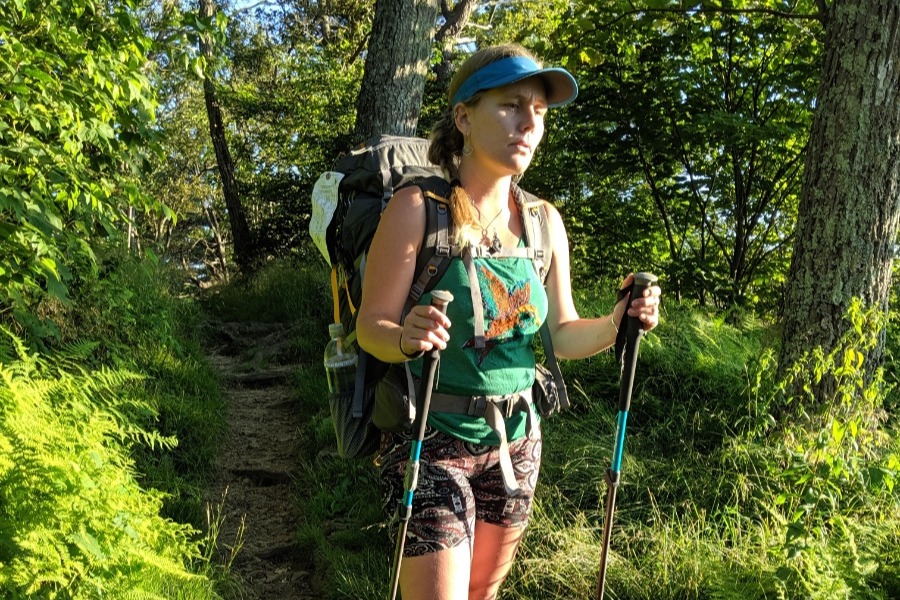
"Trailblazing" by definition is a word that implies introducing new ideas and pioneering innovative methods. Thus, I vowed that if I reached my goal of raising $5,000 for the Brushfinch while walking on the Appalachian Trail, I would dye my hair the color of the Brushfinch's rust-colored crest. As far as I know, no one in the birding community is backpacking absurd numbers of miles while trying to raise money for an incredibly threatened South American bird —and then vowing to dye their hair if both targets are reached!
By July 15, 2019, when I finished my 380-mile trek, generous friends and colleagues had donated $5,901! My promise was kept, and in August of 2019, I became a redhead!
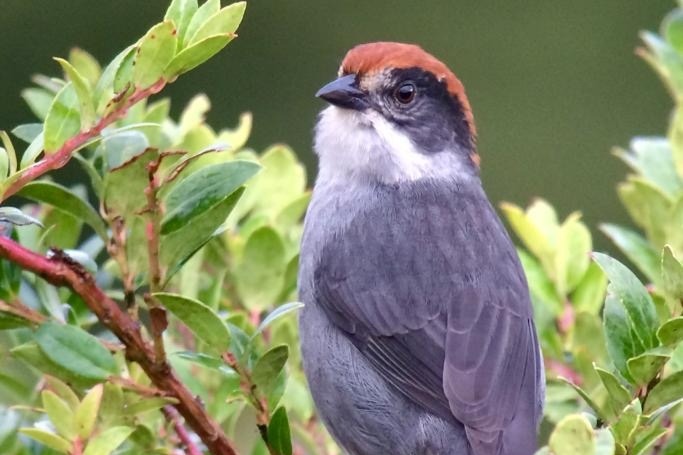
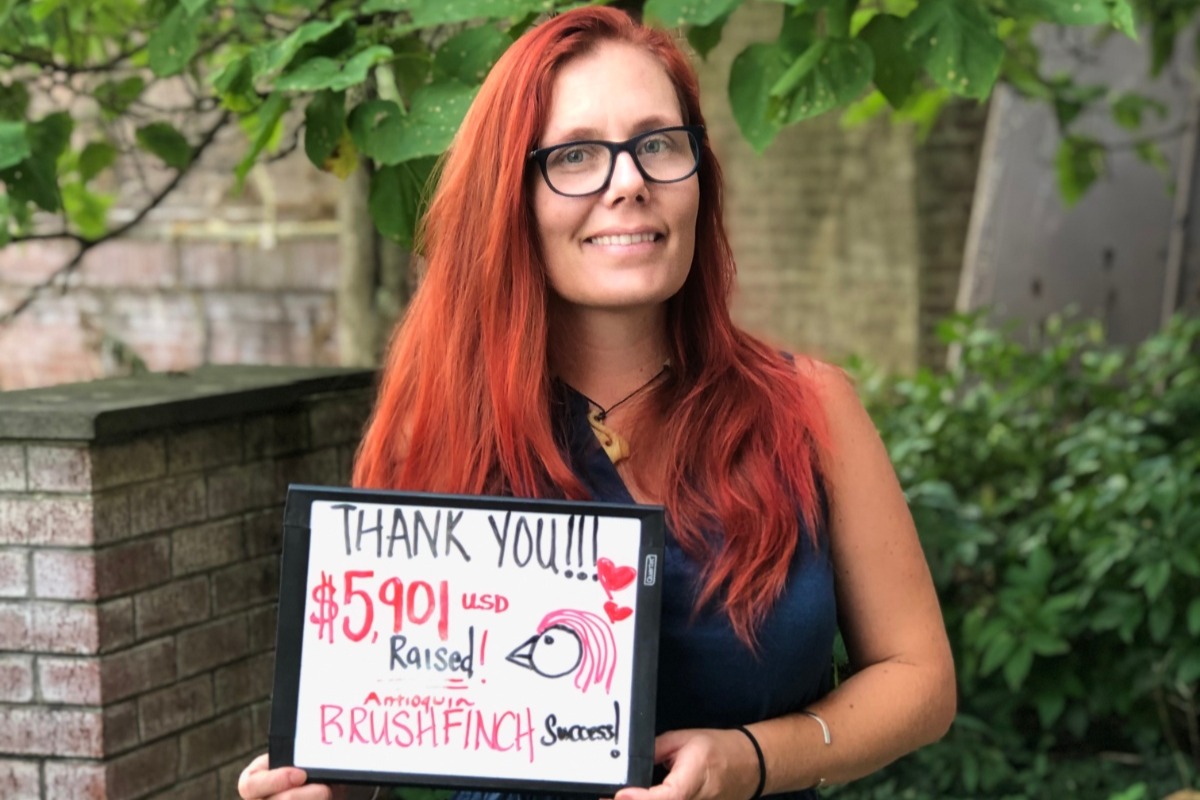
Selecting the Banded Ground Cuckoo as my 2020 focal species was inspired by a trip to Ecuador in 2019 while working at American Bird Conservancy as their Deputy Director of International Programs. I was visiting private reserves owned by FCAT (Fundación de Conservación de los Andes Tropicales) and Fundación Jocotoco to learn more about their efforts to protect the imperiled Chocó ecosystem.
To a typical North American, South American rainforest conjures images of the Amazon ablaze. However, few U.S. citizens have ever heard of the Chocó Tropical Rainforest, which sits on the Pacific side of the Andes. In my opinion, the Chocó is one of the most important places you probably have not heard about. Even fewer folks know that only two percent of the original lowland Chocó remains in Ecuador, making it one of the most threatened biological hotspots in the world.
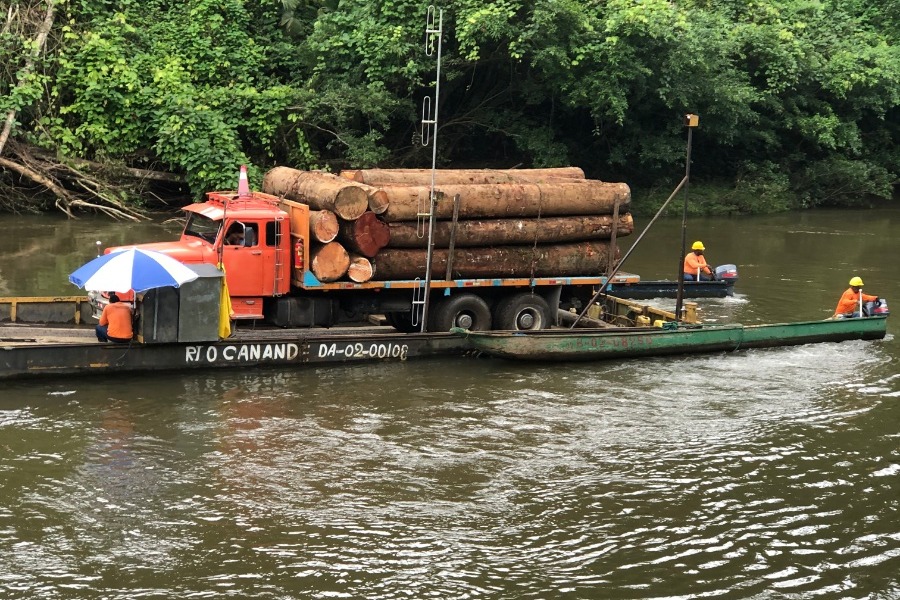
For 40 years, at least 30 logging trucks per day have been transporting extracted lumber from the Choco rainforest of Ecuador (above). Royal palm plantations are a major crop in regions of the Choco that have been cleared by logging (below).
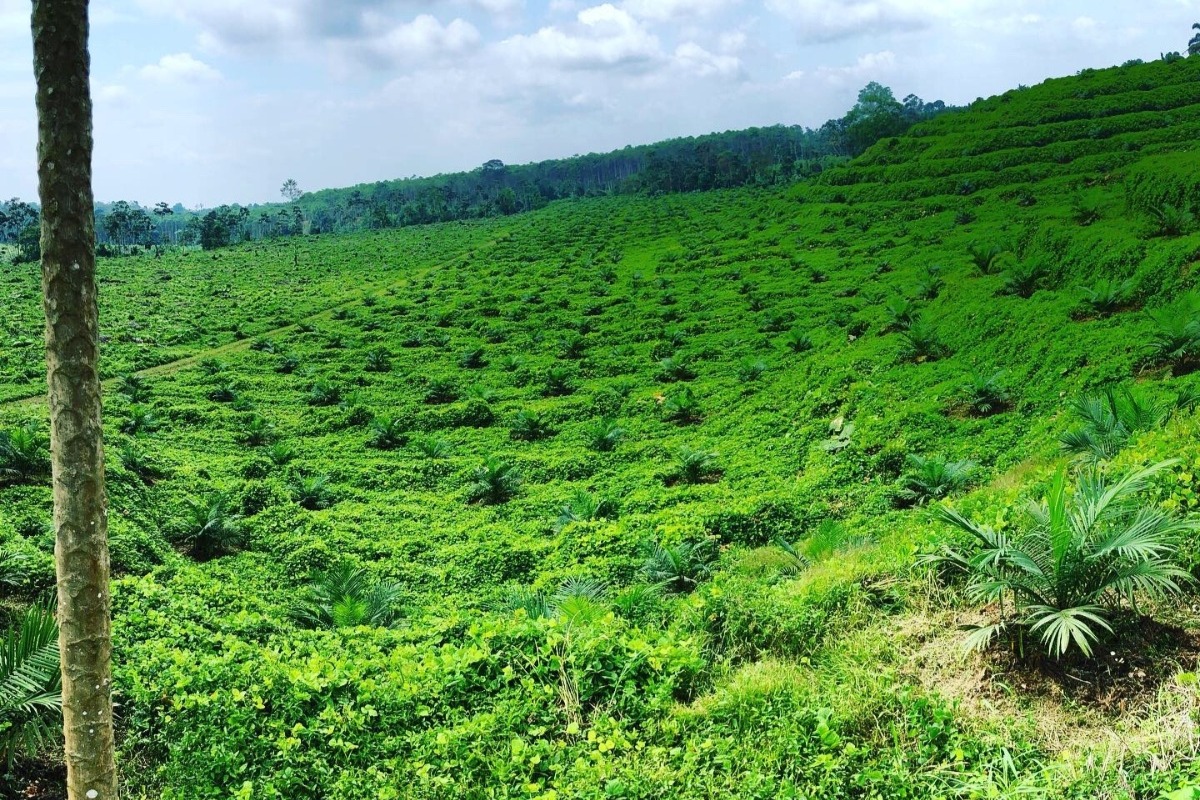
But, back to my story…. I hinted to my Ecuadorian colleagues that it was a dream of mine to see the Banded Ground-Cuckoo while visiting the Chocó. At the time, little did I know that hardcore birders consider this to be one of the holy grail species. It is an incredibly difficult species to see in the wild. In short, this cuckoo has taunted many ornithologists over many decades, making the Banded Ground-Cuckoo as elusive and fleeting as the Chocó ecosystem in which it occurs.
Alas, I was following Domingo, an FCAT para-biologist and founding member, patiently led the gringa up and down muddy tropical ravines for nearly three hours. He incessantly hummed a low guttural call to lure in the cuckoo. I had almost given up hope for a glimpse, but suddenly for a fleeting moment, 20 feet in front of me a skulking pair of cuckoos furtively pecked their way across the forest floor! I squeaked in delight as a cuckoo's crest and accompanying dense foliage appeared in my binoculars, and shortly afterward I captured a full-body view! WOW. This species and that experience will always be with me. I vowed to do what I could to help curtail the destruction of this amazing bird’s habitat.
For those of you who have never had the privilege to lay eyes on this endemic bird of the Chocó, the Banded Ground-Cuckoo will not let you down! The species resembles a hybrid between a Steller's Jay and a Greater Roadrunner. I feel privileged to have had the opportunity to stalk these birds through the dense, humid tropical lowland forests while they followed ant swarms. But I would feel even more privileged to morph my mane into a colorful cuckoo hairdo!
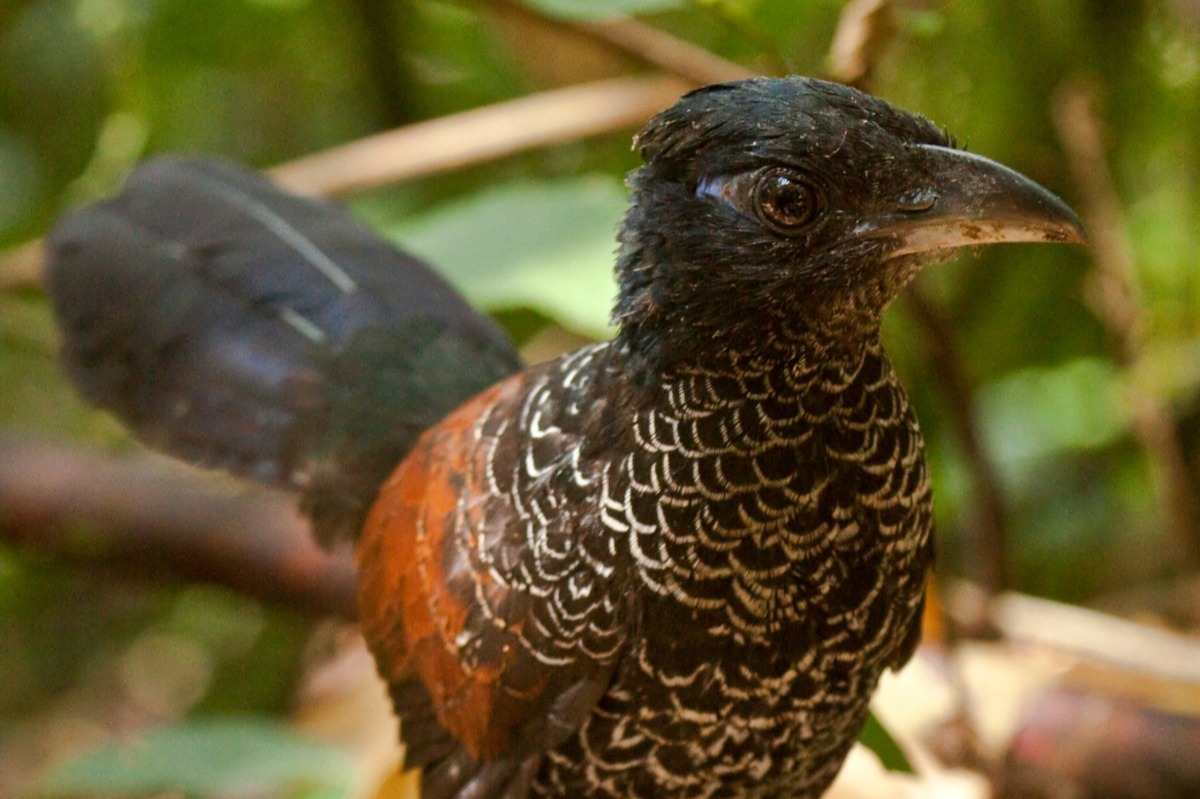
If you help me reach my target of $10,000 USD, masterful hairstylist Lauren Getz of Winchester, VA, will metamorphose me into my newest spirit animal! Lest I mention that aside from being at risk of extinction, the Banded Ground-Cuckoo provides ample opportunities for radical hair colors! Try to imagine Wendy Willis with a blue, bronze, and black mane in honor of this badass bird! I might have finally stumbled upon a hair color that matches my personality: wild and extreme! Plus, who does not like a challenge with an absurdly personal humorous physical outcome! It sounds, well, a bit CUCKOO!!!
No amount is too small or too large: All funds raised will go towards Fundación Jocotoco's "Save the Chocó Campaign " to purchase and protect some of the last remaining intact Chocó forests of Ecuador.
Join me virtually (or in spirit) on the Appalachian Trail and please support the "Backpacking for the Banded Ground-Cuckoo" campaign.
FOLLOW THE FUN via Instagram:
@wendycristinawillis-----
ABOUT Fundacion Jocotoco
Over the past 22 years, Ecuadorian non-profit Fundacion Jocotoco has established a network of 15 protected reserves. In total, the reserves comprise more than 58,000 acres of some of the most biologically rich habitat in the world. The reserves created by Jocotoco are home to nearly 1,000 bird species (more than 50 of which are globally threatened), at least 200 species of rare and endangered amphibians and reptiles, and a wide range of rare and endangered mammals such as the spectacled bear, mountain tapir, Chocó tapir, white-lipped peccary, harpy eagle, brown-headed spider monkey, and jaguar.
Jocotoco's Save the Chocó Campaign seeks to raise US $5 million to purchase and protect 57,000 acres of pristine rainforest in the Chocó, a cradle of biodiversity on the western slopes of the Ecuadorian Andes. The scale of this conservation opportunity is virtually unprecedented. The 57,000 acres to be protected constitute the largest surviving remnant of the Chocó still controlled by logging companies. The land purchase dwarfs the surrounding reserves and protected areas, but is connected to several of them, and its preservation would create a fully contiguous protected area of more than 650,000 acres -- nearly the size of Yosemite National Park in California and significantly larger than any protected area in Western Ecuador.






 For 40 years, at least 30 logging trucks per day have been transporting extracted lumber from the Choco rainforest of Ecuador (above). Royal palm plantations are a major crop in regions of the Choco that have been cleared by logging (below).
For 40 years, at least 30 logging trucks per day have been transporting extracted lumber from the Choco rainforest of Ecuador (above). Royal palm plantations are a major crop in regions of the Choco that have been cleared by logging (below).
